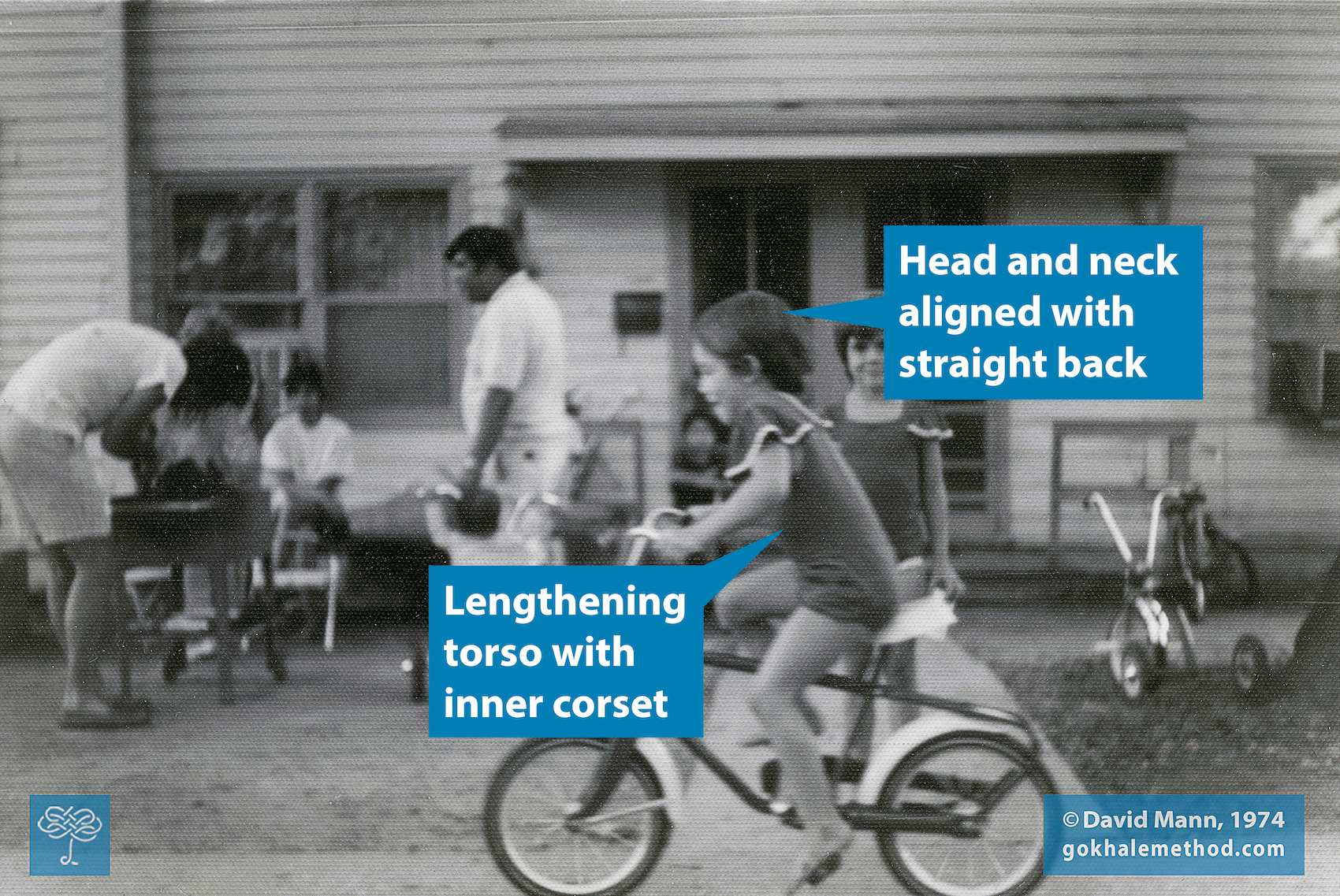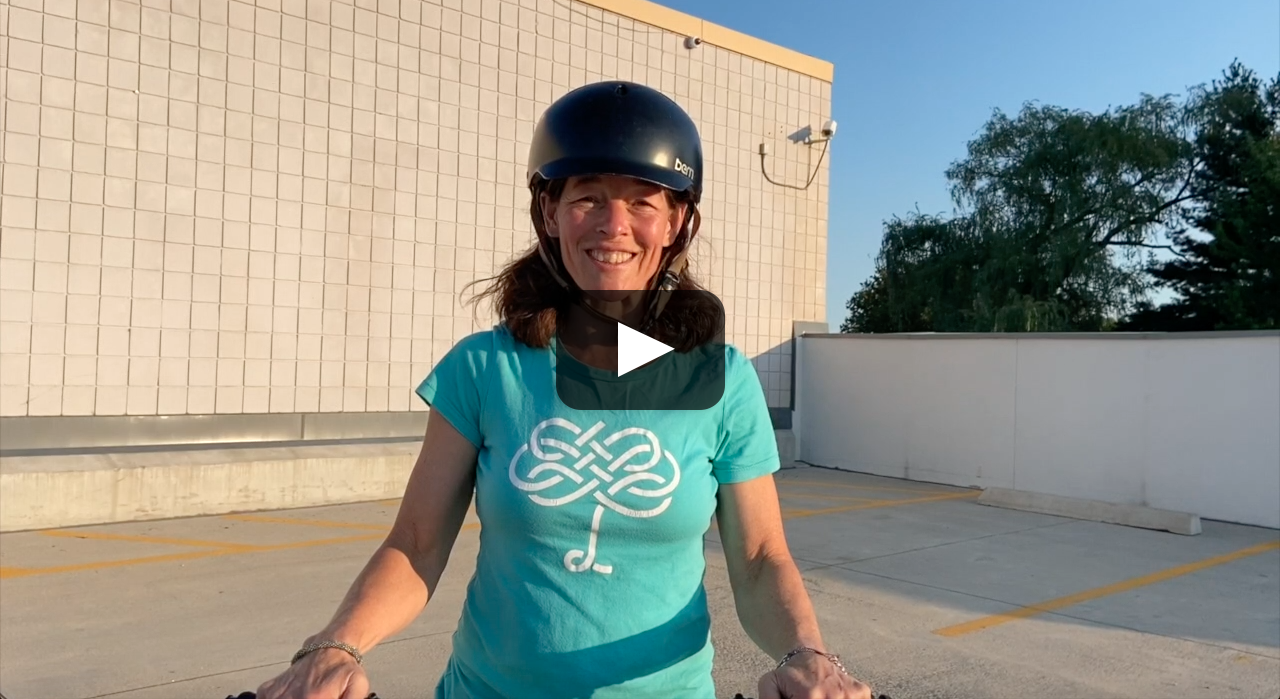How to Beat Neck and Shoulder Pain While Cycling (Cycling for Everyone, Part 2)
Why Cycling is the Perfect Posture-Friendly Exercise for the COVID Era
How to Choose a Bike Seat for Good Posture (Part 2)
In our part 1 blog post on the topic of bikes, we went over how to find the right frame for you. The next important step is to find the right seat for your body and your bike, since without a decent seat you may be uncomfortable, or may find it challenging to have healthy posture. Your seat should distribute your weight across regions comfortably; it should have padding, but not so much that it lacks support and stability; it should be set at an angle that allows your pelvis to antevert (that is, tip forward relative to the angle of your spine.) A good seat is crucial whether you prefer to be upright and stacksit, or if you prefer a racing style with a hiphinge. Here’s what you need to know
How to Ride a Bike with Good Posture (Part 1)
Most people, when they ride a bike, tuck their pelvis so the rear portion of their sitz bones rests on the seat. Then they lean over to reach the handlebars causing a lot of spine curvature. With the additional tension created from pushing the pedals and holding the handlebars, and the bouncing and jostling from the road, riding a bike this way can be a painful and harmful activity.
Many modern bike riders look like Mr. Bean when they ride a bike, sitting with an unnaturally curved spine.
Each of these modern-day bikers has a rounded spine and craned neck. Image courtesy John Matrix at bikelist.org.
With a few adjustments, riding a bike can be a harmonious and healthful activity. By using hiphi



